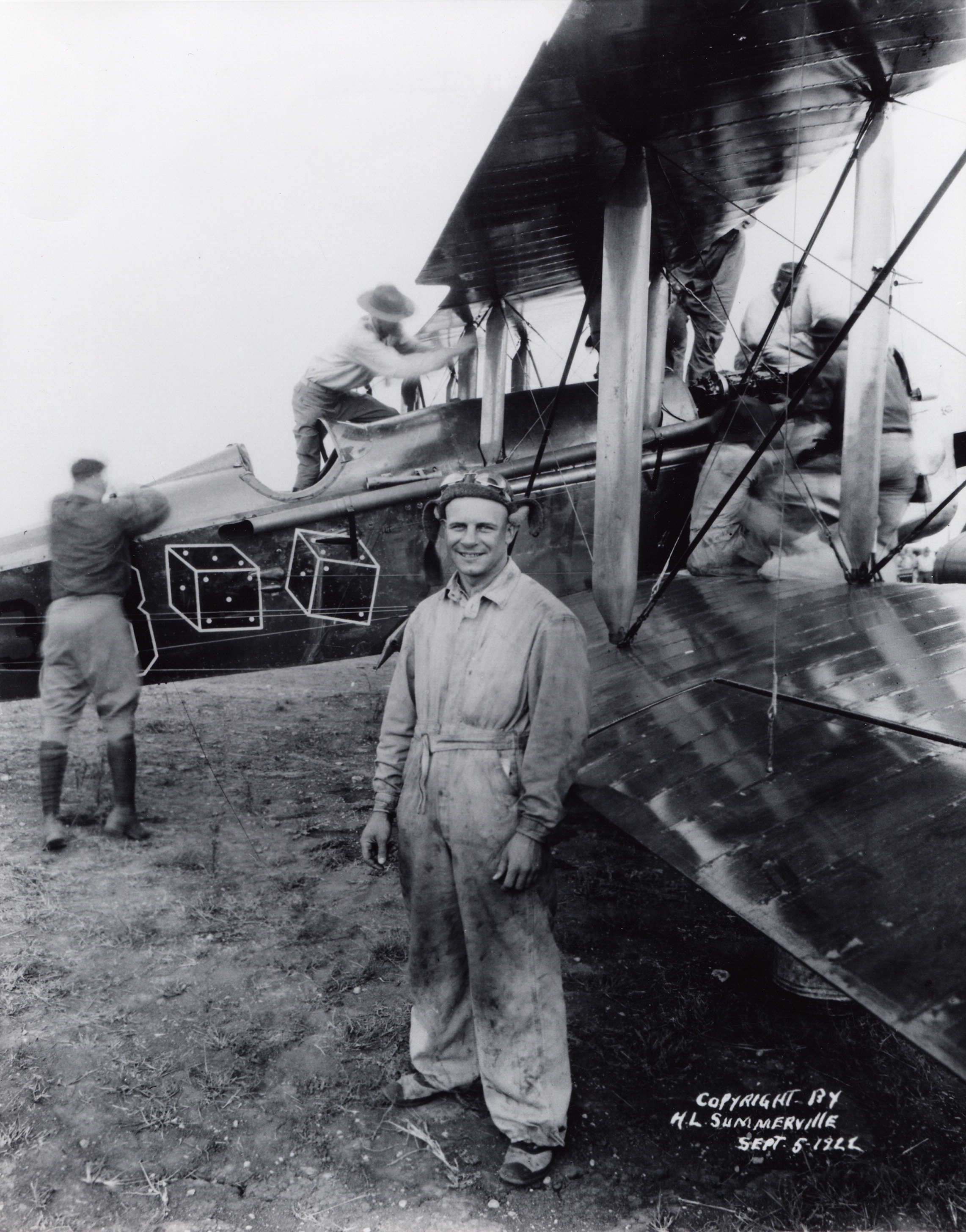
4 September 1922: First Lieutenant James H. (“Jimmy”) Doolittle, Air Service, United States Army, made the first transcontinental crossing of the United States in a single day when he flew a DH.4B-1-S single-engine biplane, Air Service Serial Number 22-353, from Pablo Beach, Florida, ¹ to Rockwell Field, San Diego, California, a distance of 2,106 miles (3,390 kilometers). He made one refueling stop at Kelly Field, San Antonio, Texas, which lasted 1 hour, 16 minutes. The total duration of the flight was 21 hours, 19 minutes.
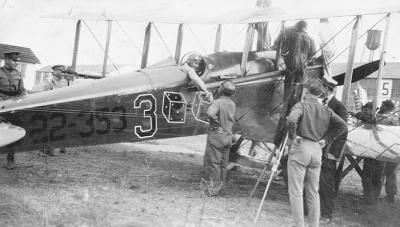
Lieutenant Doolittle was awarded the Distinguished Flying Cross for “demonstrating the possibility of moving Air Corps units to any portion of the United States in less than 24 hours.”
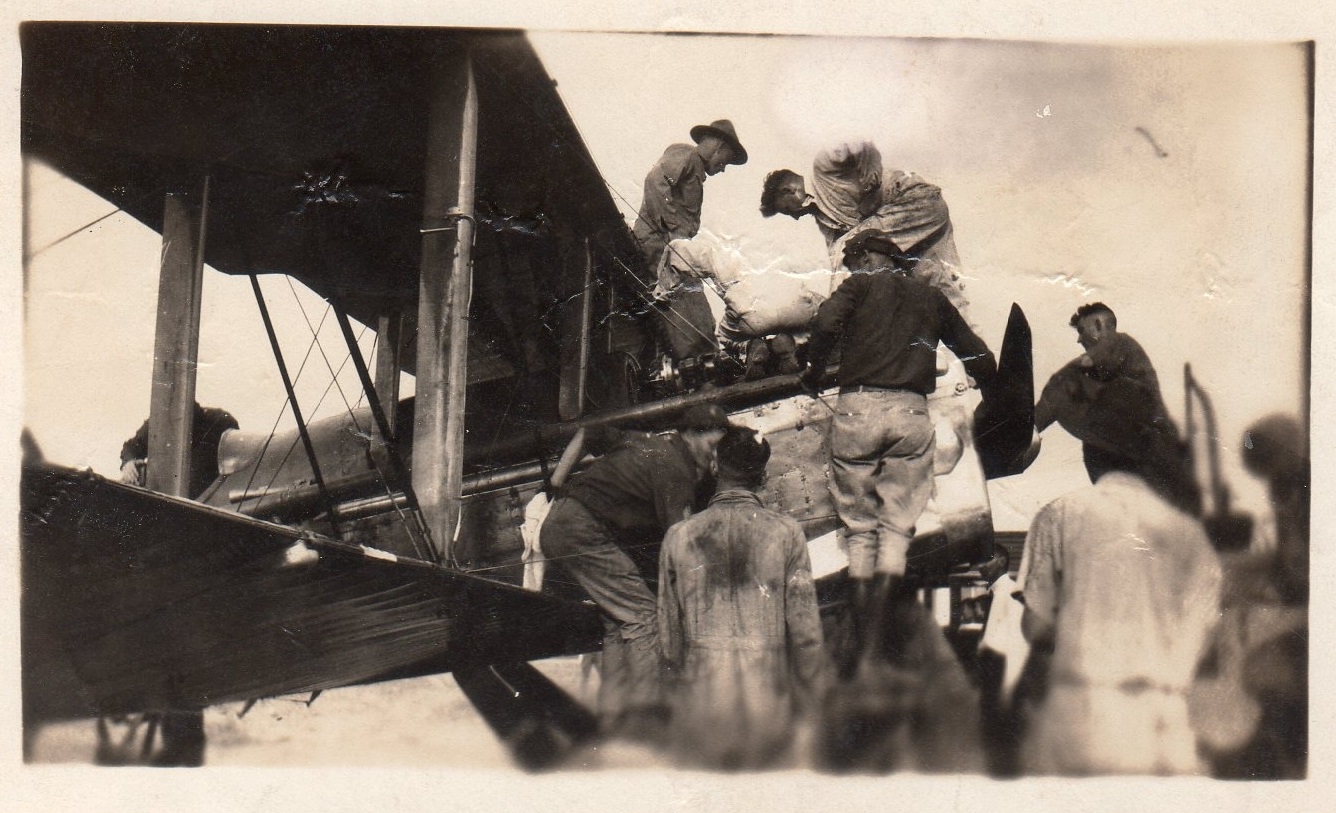
The Airco DH.4 was a very successful airplane of World War I, designed by Geoffrey de Havilland. It was built by several manufacturers in Europe and the United States. The DH-4B was a rebuilt DH.4 with fuel capacity increased to 110 gallons (420 liters). The DH-4B was 30 feet, 6 inches (9.296 meters) long with a wingspan of 43 feet, 6 inches (13.259 meters) and height of 10 feet, 4 inches (3.150 meters). Loaded weight of the standard DH-4B was 3,557 pounds (1,613.4 kilograms).
In place of the Rolls-Royce Eagle VII V-12 of the British-built version, Army Air Service DH-4s were powered by a water-cooled, normally-aspirated, 1,649.336-cubic-inch-displacement (27.028 liter) Liberty L-12 single overhead cam (SOHC) 45° V-12 engine with a compression ratio of 5.4:1. The Liberty produced 408 horsepower at 1,800 r.p.m. The L-12 as a right-hand tractor, direct-drive engine. It turned turned a two-bladed fixed-pitch wooden propeller. The Liberty 12 was 5 feet, 7.375 inches (1.711 meters) long, 2 feet, 3.0 inches (0.686 meters) wide, and 3 feet, 5.5 inches (1.054 meters) high. It weighed 844 pounds (383 kilograms).
The Liberty L12 aircraft engine was designed by Jesse G. Vincent of the Packard Motor Car Company and Elbert J. Hall of the Hall-Scott Motor Company. This engine was produced by Ford Motor Company, as well as the Buick and Cadillac Divisions of General Motors, The Lincoln Motor Company (which was formed by Henry Leland, the former manager of Cadillac, specifically to manufacture these aircraft engines), Marmon Motor Car Company and Packard. Hall-Scott was too small to produce engines in the numbers required.
This same airplane, DH.4B-1-S, A.S. No. 22-353, was flown from the Gulf of Mexico to the Canadian border by Lieutenant H.G. Crocker, 26 May 1923.
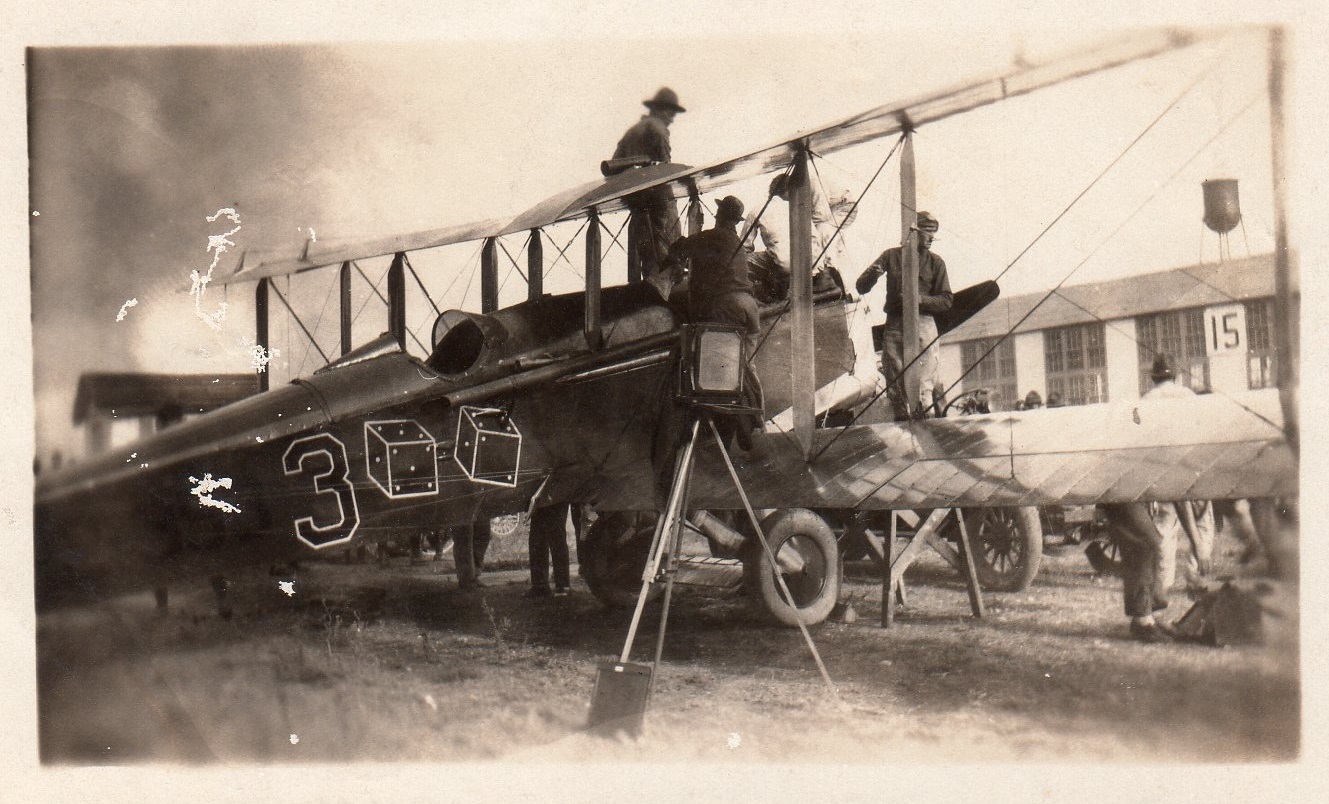
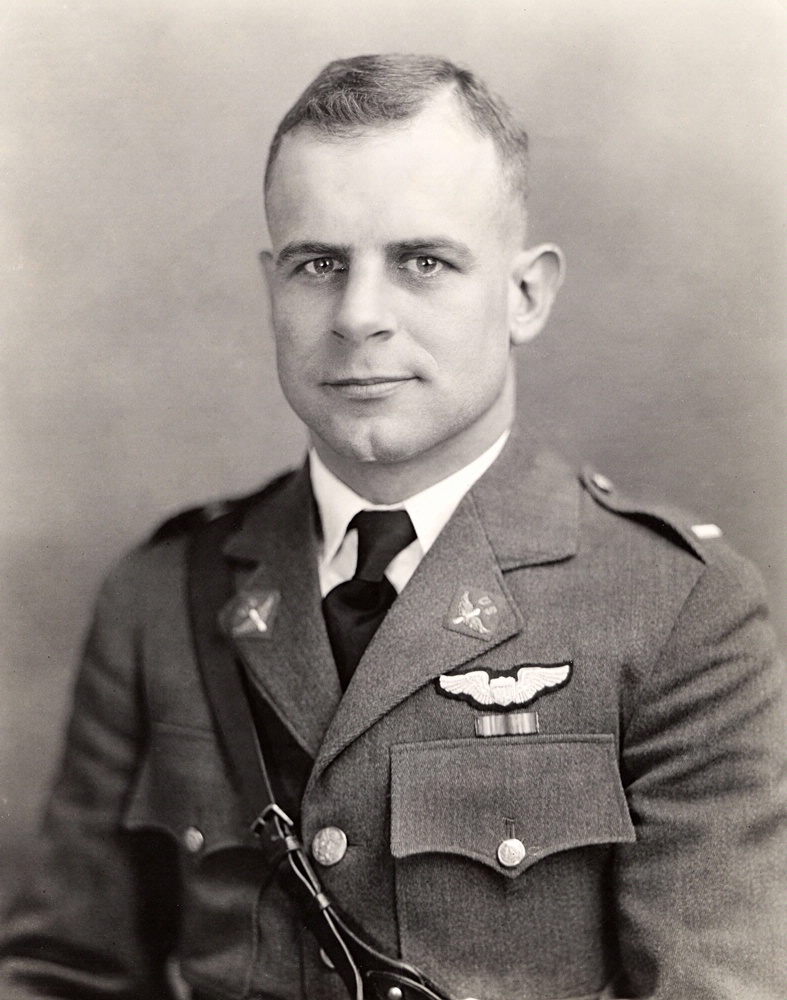
Jimmy Doolittle was one of America’s foremost pioneering aviators. He set many records, won air races, tested and developed new flying equipment and techniques. He was a highly-educated military officer, having earned his Bachelor of Arts from the University of California Berkeley School of Mines, and M.S and D.Sc. degrees in Aeronautical Engineering from the Massachusetts Institute of Technology.
During World War II Colonel Doolittle planned and led the famous Halsey-Doolittle Raid against Japan, 18 April 1942, for which he was awarded the Medal of Honor. As a brigadier general he commanded Twelfth Air Force in North Africa. Promoted to major general, he was given command of the Fifteenth Air Force in the Mediterranean Theater. From 1943 until 1945, Lieutenant General Doolittle commanded Eighth Air Force. He was preparing his command to move against Japan, equipped with Boeing B-29 Superfortress bombers when World War II came to an end.
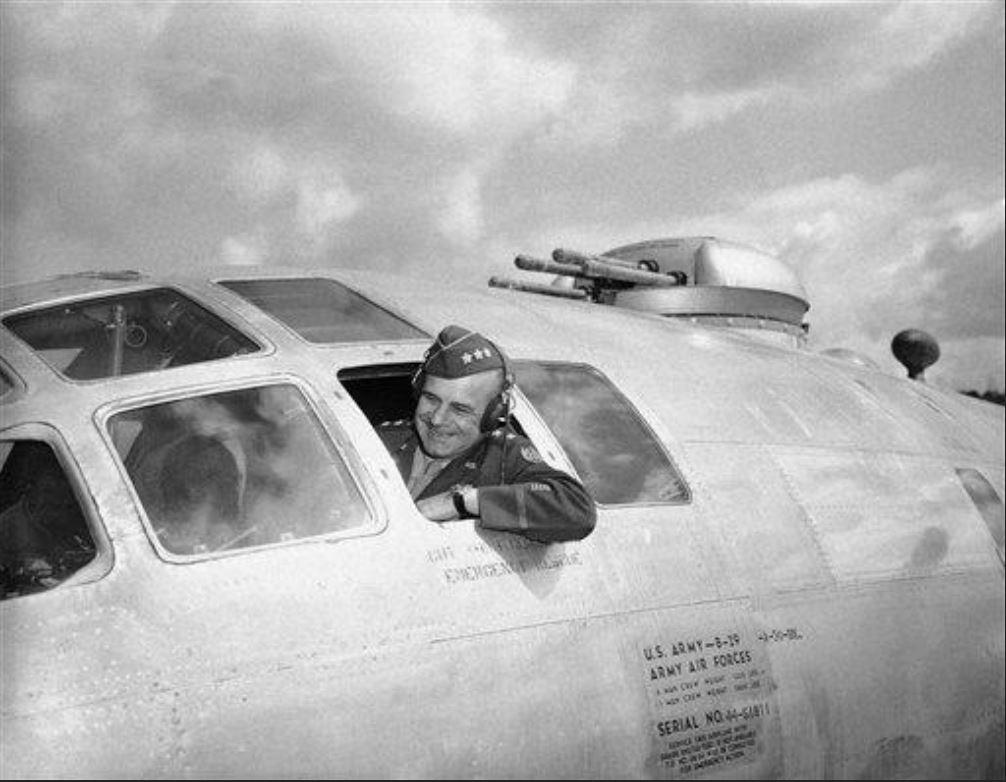
After the war, Lieutenant General Doolittle was placed on the inactive list. On 4 April 1985, by Act of Congress, James H. Doolittle was promoted to General.
General James Harold Doolittle is the only person to be awarded both the Medal of Honor and the Medal of Freedom. He died 27 September 1993 at the age of 96 years. He was buried at the Arlington National Cemetery, Arlington, Virginia.
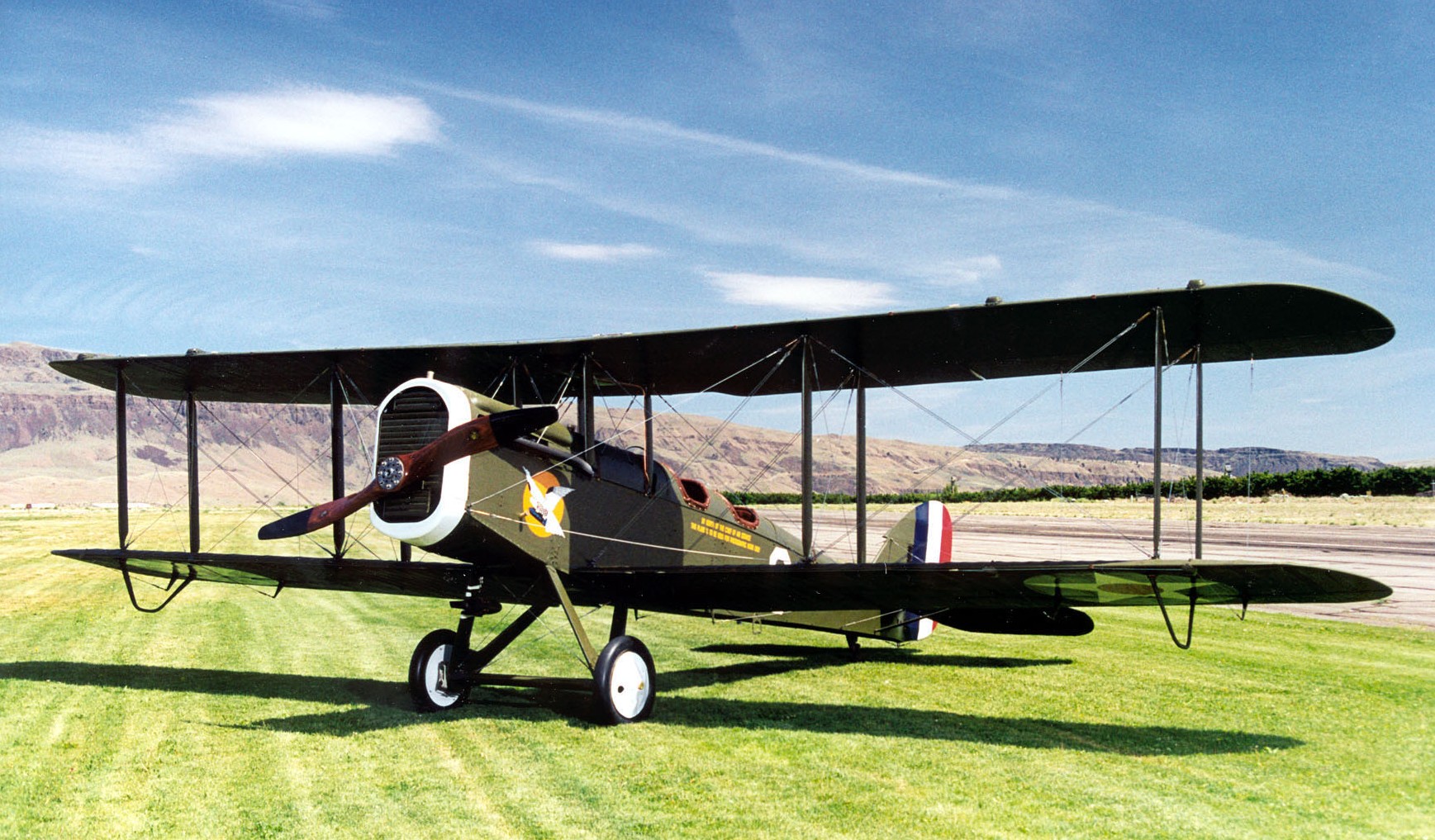
¹ Pablo Beach, Florida, was renamed Jacksonville Beach on 15 June 1925.
© 2018, Bryan R. Swopes
Great post! Any thoughts on why we are including Admiral Halsey in the re-naming of this mission? Why now?
Good morning, Colonel. Thank you. The official histories record the name of the raid as “The Halsey-Doolittle Raid on Tokyo, 18 April 1942.” Planning for the attack began in January 1942 under orders from Admiral Earnest J. King, Commander-in-Chief United States Fleet. Captain Donald B. Duncan, U.S.N., was responsible for the plan. The operation was carried out by Task Force 16 under the command of Vice Admiral William F. Halsey, Jr. Task Force 16 consisted of two aircraft carriers, four cruisers, eight destroyers and two oilers. There were two air groups, consisting of eight squadrons of 54 fighters, 72 dive bombers, 36 torpedo bombers, and one squadron of of 16 medium bombers. Although the raid was an early—and successful!—example of what is now called a “joint operation,” it was mostly a Navy operation from conception through planning, training and implementation. Lieutenant Colonel James H. Doolittle commanded the Strike Group of North American Aviation B-25 Mitchell bombers aboard Hornet. As central and critical as Doolittle was to the success of the raid, it must be remembered that it was not his idea to begin with. Many others were involved in developing the concept, planning, carrying out the training of the Army air crews, and getting the strike group into position. In overall command of the operation was Vice Admiral Halsey. The actual operation remained secret until after the war. President Roosevelt announced that the Army airplanes were launched from a secret base on “Shangri-La.” Doolittle was the the public face of the attack, and in the public consciousness, it is known as “The Doolittle Raid.”
Doolittle trained to fly at North Island…
See link to article from Coronado Avenue of Heroes.
http://www.coronadonewsca.com/news/coronado_city_news/coronado-s-avenue-of-the-heroes—general-jimmy/article_18f16a1e-e181-11e5-a078-835e51fa05c1.html
If you notice the “Pair-o-Dice” on the aircraft, 90th Fighter Squadron. The squadron recently celebrated it’s 102nd anniversary.
Another great article which prompted me to google “Rockwell Field.” Thank you, Bryan !!!
Thank you, Mark. 🙂
This was a time when men were men. Too bad we don’t have more Doolittles in this time.